This Advisory is based on TIP 51, Substance Abuse Treatment: Addressing the Specific Needs of Women. It offers guidance to providers and administrators about the particular needs of women during substance use disorder (SUD) treatment.
Initiation of substance use by women is often related to family or partner use, a co-occurring mood disorder such as depression or anxiety, or an eating disorder (Bahji et al., 2019; Khan, Okuda, et al., 2013; Khan, Secades-Villa, et al., 2013). For example, some women may start injecting drugs as a way to initiate and maintain intimate relationships (Guise et al., 2017). Mood disorders are more common in women with substance use disorders (SUDs) than women without SUDs (Khan, Okuda, et al., 2013; McHugh et al., 2018). Women who have a SUD are also more likely to have histories of trauma (Devries et al., 2014), including sexual or physical abuse, and abuse or witnessing abuse in childhood (Cafferky et al., 2018; Muchimba, 2020; Stein et al., 2017; Tripodi & Pettus-Davis, 2013; Ullman et al., 2013).
While studies have consistently shown a greater prevalence of SUD among men, rates of substance use by gender are age-dependent (Substance Abuse and Mental Health Services Administration, 2020). According to the National Survey on Drug Use and Health (NSDUH), in 2019, females between 12 and 17 years of age were more likely than males to report having a SUD in the past year (5.0 percent of females versus 4.0 percent of males). While the prevalence of SUD among men overtakes that of women 18 years and older, women continue to constitute approximately one third of adults reporting a SUD. Consequences of substance use for women include physical complications, the risk of losing custody of children under their care, and exposure to partner violence. Women develop physiological complications from substance use, especially alcohol, in a shorter time and with lower consumption than men (Brasiliano et al., 2020; Peters et al., 2019). Reproductive consequences for pregnant women may include fetal alcohol spectrum disorders, long-term
cognitive deficits, low birth weight, or miscarriage (McHugh et al., 2018).
Women with SUDs are likely to curtail or stop use of alcohol or illicit drugs during pregnancy; however, they are also likely to resume substance use after the pregnancy (Forray, 2016; Forray et al., 2015; McHugh et al., 2018). Some women are motivated to address their SUD by entering and completing treatment because of their roles as mothers and caregivers (McCrady & Epstein, 2013). However, some women may fear the legal or social ramifications of engaging in treatment while pregnant and parenting (National Institute on Drug Abuse, 2020).
Over the past decade much has been learned about treating women with SUDs. This Advisory is intended to add to some of the information (e.g., pharmacological approaches) currently found in the Substance Abuse and Mental Health Services Administration (SAMHSA) Treatment Improvement Protocol (TIP) 51, Substance Abuse Treatment: Addressing the Specific Needs of Women. It offers guidance to providers and administrators about the particular needs of women during SUD treatment. It summarizes key messages, recommendations for screening and assessment, gender-focused approaches to treatment and support, and considerations for women in specific racial/ethnic populations.
Population: Women
Links:
- Read the full advisory guide Addressing the Specific Needs of Women for Treatment of Substance Use Disorders from the Substance Abuse and Mental Health Services Administration.
- Learn more about the Substance Abuse and Mental Health Services Administration.
- Check out the guide TIP 51: Substance Abuse Treatment: Addressing the Specific Needs of Women from the Substance Abuse and Mental Health Services Administration.
- Check out fact page Substance Use in Women from the National Institute on Drug Abuse.
- Learn more about the National Institute on Drug Abuse.
Date: 2021
